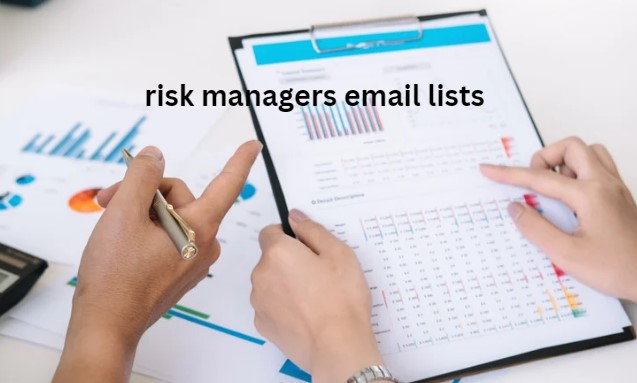Define your Buyer Persona
Posted: Tue Dec 17, 2024 6:05 am
Since buyers do most of the research on products today, it is imperative that sellers do not get pushy with over-the-top pitches. Instead, sellers should adopt the mindset of a trusted advisor or industry expert.
The buyer’s journey allows salespeople to shift their mindset from selling to helping by giving them a framework for the types of questions customers will ask when looking for a solution to their problem.
How to align your inbound marketing strategy with the buyer's journey
The following steps will help you use the buyer's journey risk managers email lists framework to improve your marketing strategies.
To fully understand your buyer's path to purchase, you must first understand the buyer themselves.
Developing an ideal customer profile (ICP) and buyer personas will help refine your understanding of how your buyers behave and what they are likely to need throughout the process.
Understand the journey your buyers take
Once you've mapped out your various buyer personas, you can use current customer data to help you understand how they became your most successful customers.
Where did they start within the funnel? How did they find your brand? What content or marketing efforts resonated most with them, helping to convert them to later stages? You can reverse engineer your best accounts to find out how they ultimately found your brand.
Map content to the buyer's journey
Once you've determined the exact content and persuasions your buyers need at various stages of the buyer's journey, you can create content specifically designed to fill those gaps.
You can then structure your funnel with readily available content tied to specific keywords. The more automation you can bring to this process, the better.

Following this process will allow marketers the ability to nurture all the right leads towards conversion. A whopping 96% are not ready to buy when they first encounter your brand, so having the right content at the right time is imperative.
The following are some general rules to consider when it comes to designing content for your buyer’s journey. Of course, there are exceptions to these depending on the company’s specific operations and goals; always make sure that sales and marketing strategy and execution are aligned to achieve your goals in the most efficient way.
Awareness
Potential buyers in the awareness stage are at the top of the funnel. The goal of content in the awareness stages is to encourage buyers to view your brand as a trusted source of information.
Blog posts are a great way to offer vendor-neutral educational content. Many businesses rely on them, and for good reason: research shows that businesses that blog generate 55% more traffic than businesses that don’t.
The buyer’s journey allows salespeople to shift their mindset from selling to helping by giving them a framework for the types of questions customers will ask when looking for a solution to their problem.
How to align your inbound marketing strategy with the buyer's journey
The following steps will help you use the buyer's journey risk managers email lists framework to improve your marketing strategies.
To fully understand your buyer's path to purchase, you must first understand the buyer themselves.
Developing an ideal customer profile (ICP) and buyer personas will help refine your understanding of how your buyers behave and what they are likely to need throughout the process.
Understand the journey your buyers take
Once you've mapped out your various buyer personas, you can use current customer data to help you understand how they became your most successful customers.
Where did they start within the funnel? How did they find your brand? What content or marketing efforts resonated most with them, helping to convert them to later stages? You can reverse engineer your best accounts to find out how they ultimately found your brand.
Map content to the buyer's journey
Once you've determined the exact content and persuasions your buyers need at various stages of the buyer's journey, you can create content specifically designed to fill those gaps.
You can then structure your funnel with readily available content tied to specific keywords. The more automation you can bring to this process, the better.

Following this process will allow marketers the ability to nurture all the right leads towards conversion. A whopping 96% are not ready to buy when they first encounter your brand, so having the right content at the right time is imperative.
The following are some general rules to consider when it comes to designing content for your buyer’s journey. Of course, there are exceptions to these depending on the company’s specific operations and goals; always make sure that sales and marketing strategy and execution are aligned to achieve your goals in the most efficient way.
Awareness
Potential buyers in the awareness stage are at the top of the funnel. The goal of content in the awareness stages is to encourage buyers to view your brand as a trusted source of information.
Blog posts are a great way to offer vendor-neutral educational content. Many businesses rely on them, and for good reason: research shows that businesses that blog generate 55% more traffic than businesses that don’t.